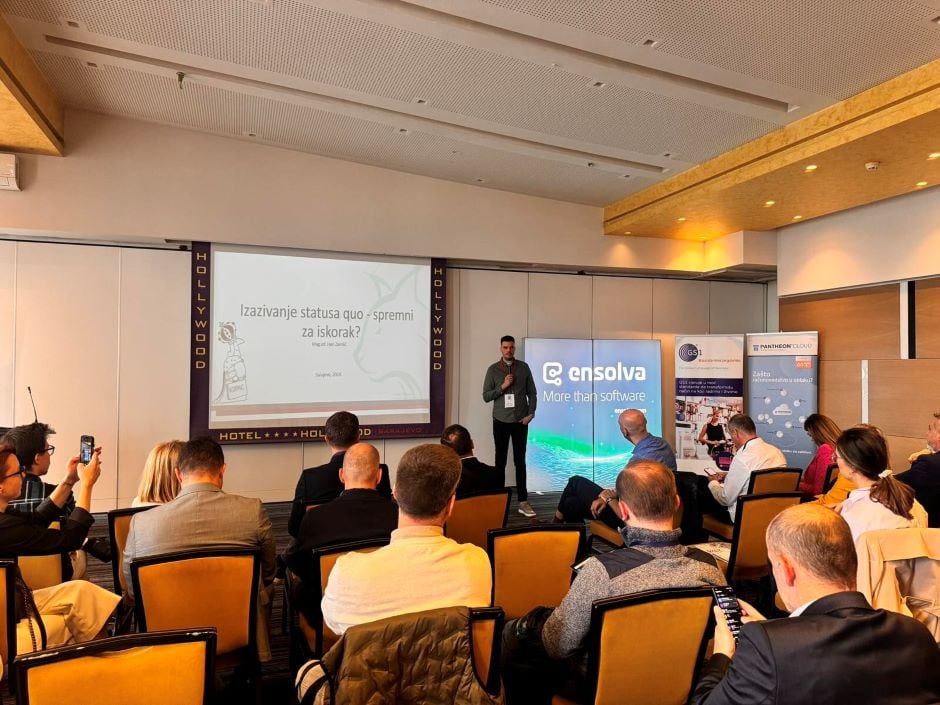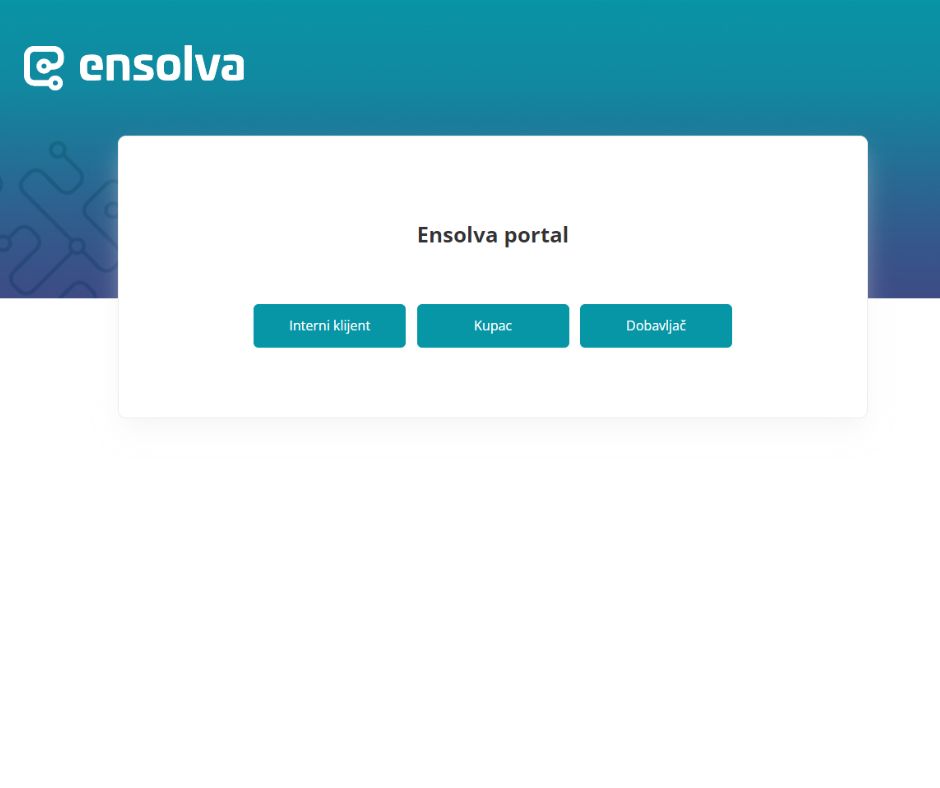English reverse auction
In this auction type, the initial price gets lower during the auction, from the starting (highest) point to the final (lowest) point based on bids entered by participants. The negotiation process is not conducted face to face – suppliers compete against each other digitally to get the job. They enter their bids in accordance with predefined parameters.
A successful English reverse auction results in achieving the best price-to-quality ratio and generating additional savings.
Case study: English reverse auction
Thousands of auctions have been conducted using Ensolva, but one of the first still remains in our fondest memories.
A large Croatian company with dozens offices throughout Croatia – let’s call it company “X” –has launched an e-Auction for cleaning services of their offices. More than ten suppliers participated on a tender that took place before the e-Auction. Tender prices were more or less equal between suppliers, with only small differences – it was an ideal situation for the negotiation process to be finalized by an English reverse auction.
Since the company offices are located in several counties, one e-Auction was performed for each county separately. The buyer achieved the following goals with this auction:
- shortened the negotiation process to an hour (this process lasted more than two weeks before, without e-auctions)
- managed to achieve 35% savings in comparison to the lowest prices achieved on tenders.
Recommendations for a successful English reverse auction
At the first glance, the English auction seems like a simple and easy procedure. BUT, if it is used incorrectly, the desired success may be lacking and things could go wrong.
We recommend the following for a successful use of this auction type:
- The English reverse auction is not applicable in every situation!
- The English reverse auction is suitable for a negotiated process involving a large number of suppliers who have submitted very close or equal bids.
- Avoid conducting auctions according to a prepared template. Each procurement project is specific and requires a different approaches. Even one incorrectly set parameter can result in auction failure.
- Collect bids prior to the e-auction (RFQ) and provide ALL the necessary information before creating an auction!
- Define the starting prices and auction goals in accordance with the collected bids.
- Although reverse auctions are mainstream in the business world, many suppliers have not yet participated in auction events. Educate your suppliers, prepare educational materials, explain to them how the English reverse auction works and instruct them on how to participate.
- Conduct a test auction e.g. half an hour before the official auctions begins. Suppliers can thus check if they meet all technical requirements for participation in the auction. Encourage them to prepare and ask questions before the auction officially starts.
- An English reverse auction is an ideal tool when procuring goods or services offered by a number of companies (e.g. cleaning, transportation, office equipment, food, etc.).
- Do business according to ethical and moral principles! Your suppliers are your partners.
- A key element of success is defining auction parameters, which depend on various factors (number of suppliers, target price, social conditions, competition, collected bids, etc.). That is why it is important to have as much information as possible (Recommendation 4). Make sure that your software has as many different options as possible for creating auctions and adjusting parameters.
Functionalities that the auction software should have
In order to be able to set up optimal parameters, it is desirable that the auction software offers as many options as possible i.e.:
- Conducting a test auction
- Different options for submitting bids: the buyer can define a minimum or an exact price decrement and/or other special rules for submitting bids (e.g. a new lower bid must be at least EUR 1,000 lower than the currently best bid).
- Selection of settings for automatic auction extension: extension duration (in seconds) and number of minutes before auction end during which the auction is extended in case of a new bid
- Manual and automatic auction start
- Ability to pause the auction if one of the suppliers has technical problems
- Ability to cancel the auction before the time runs out
- Ability to select information that will be visible to suppliers: number of participants, their position, their offer, best offer, and any combination of these.
- Real-time monitoring of the auction process.
- The names of auction participants must be hidden during the auction.



